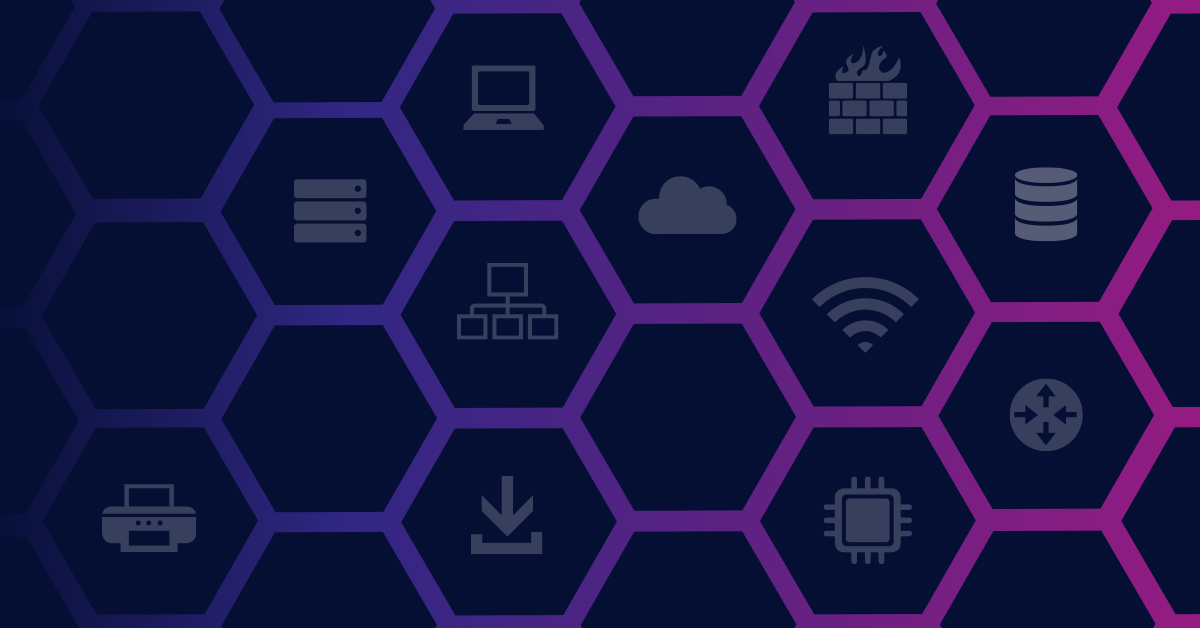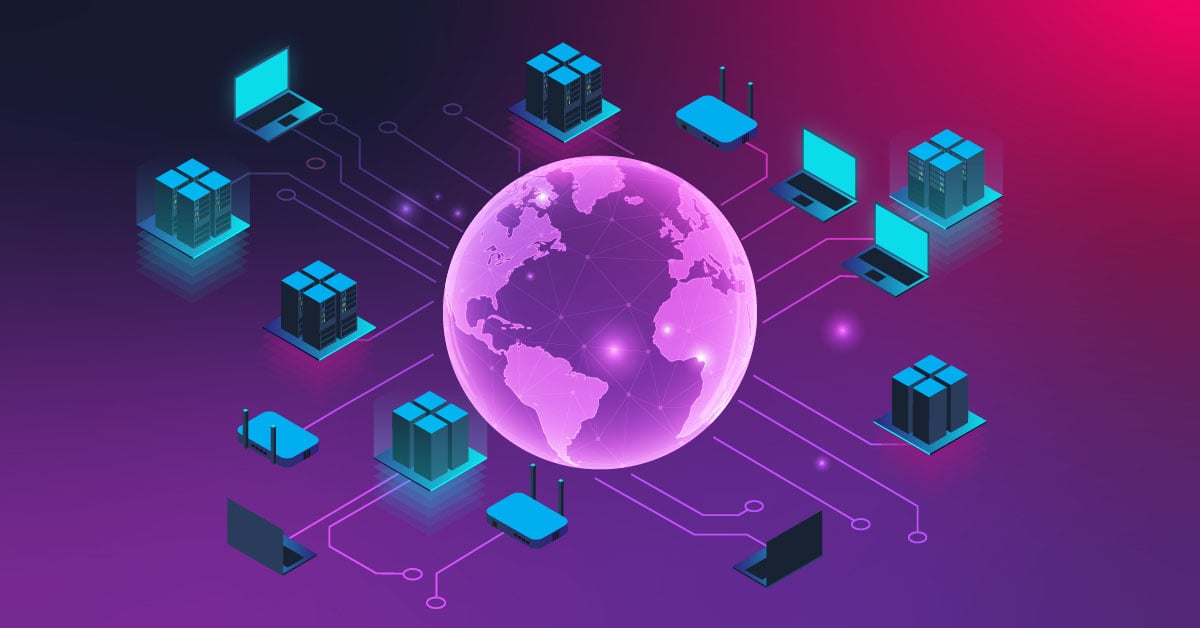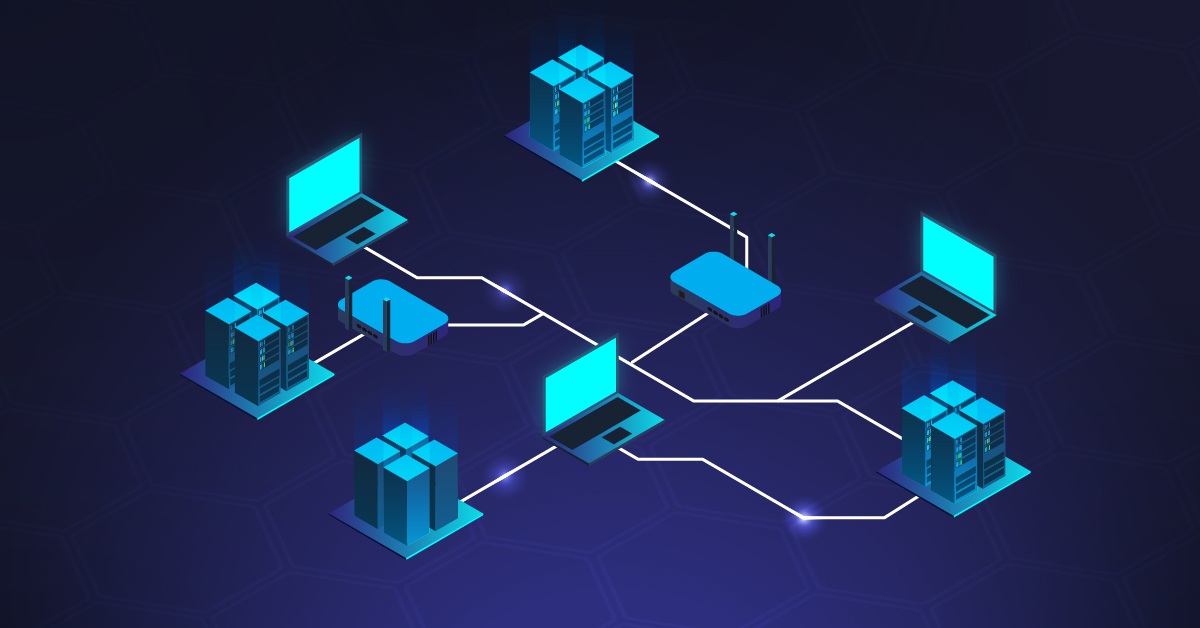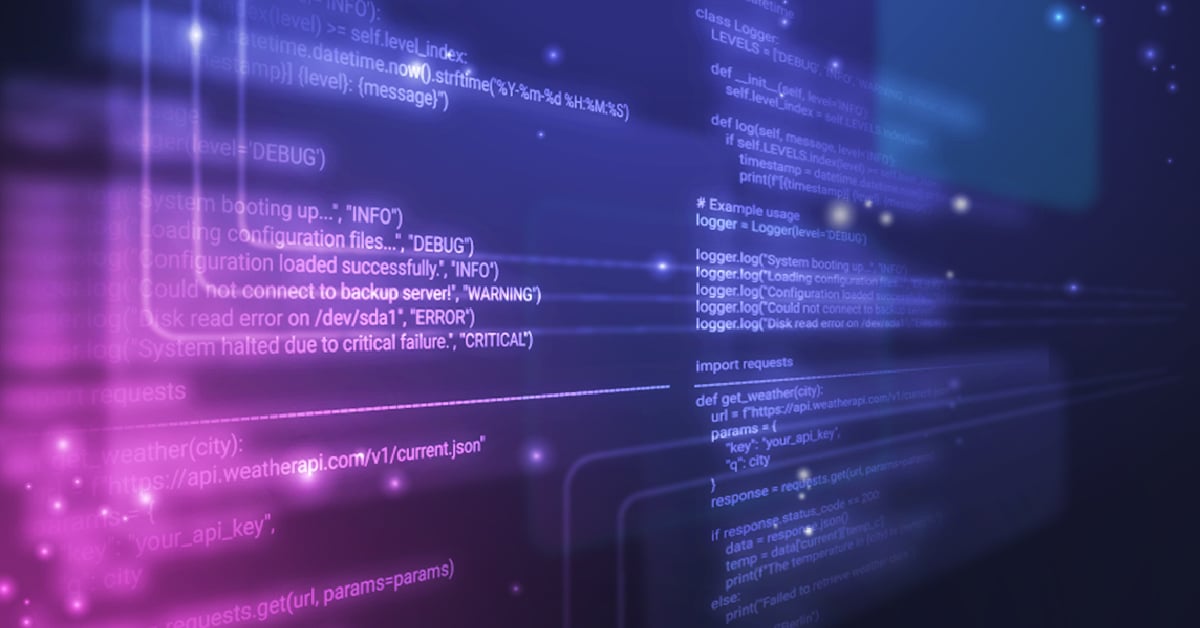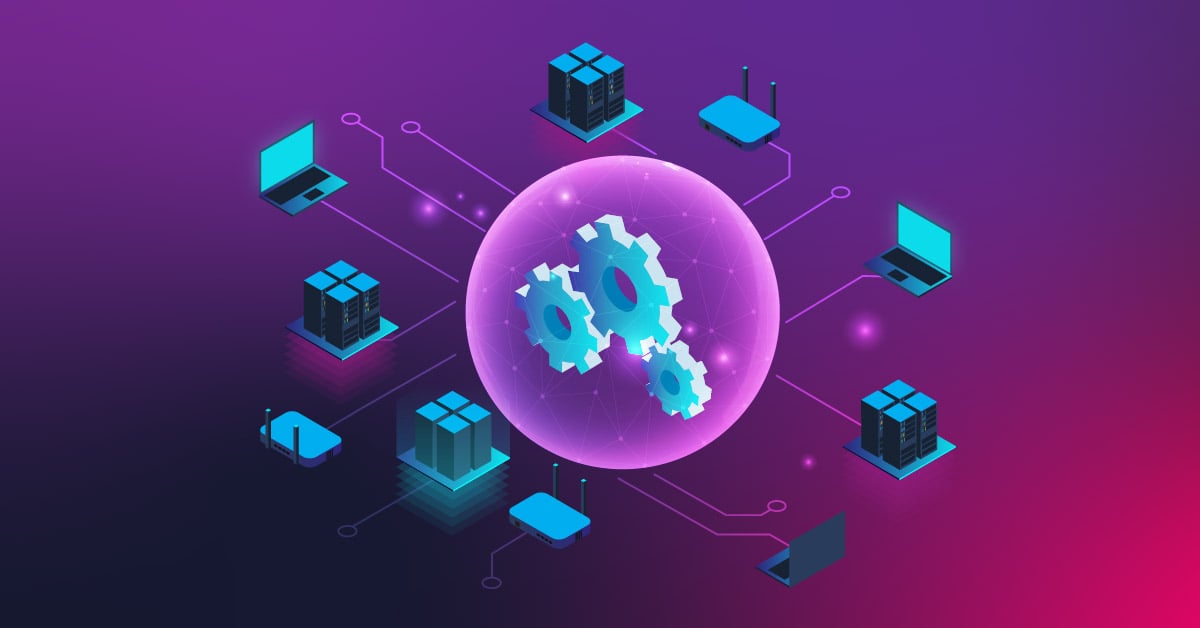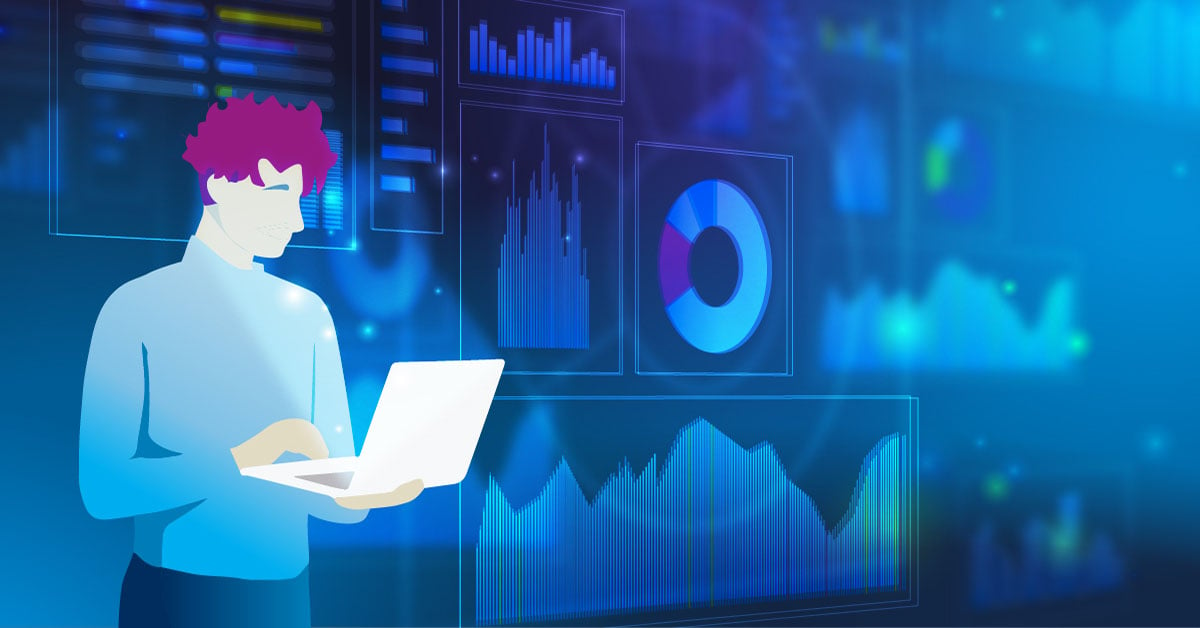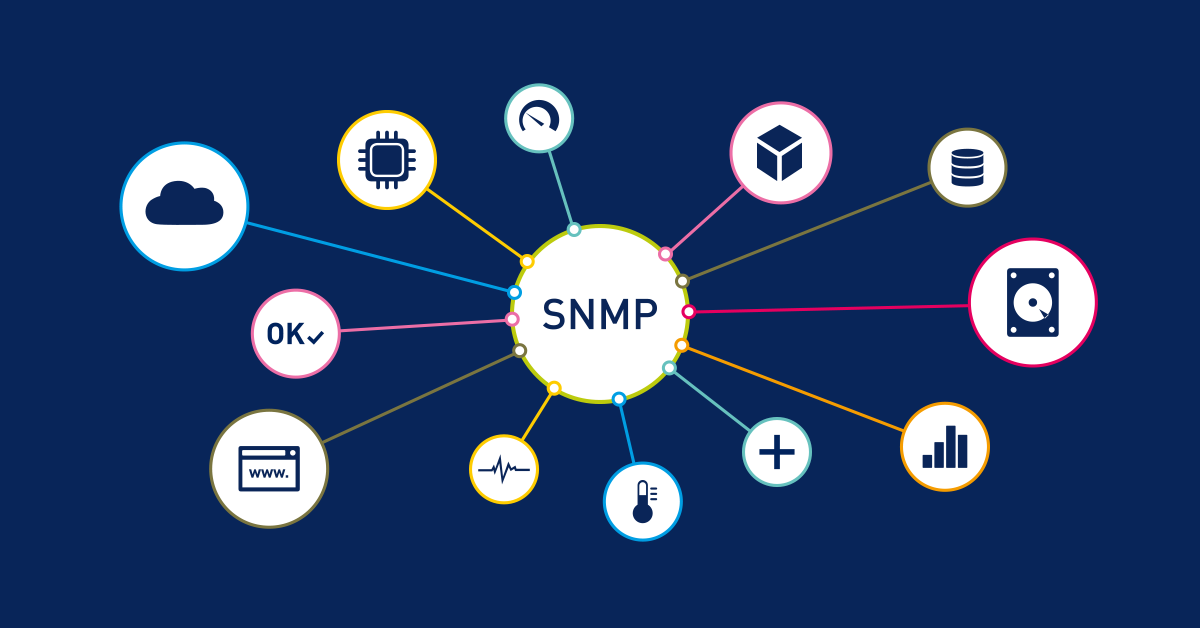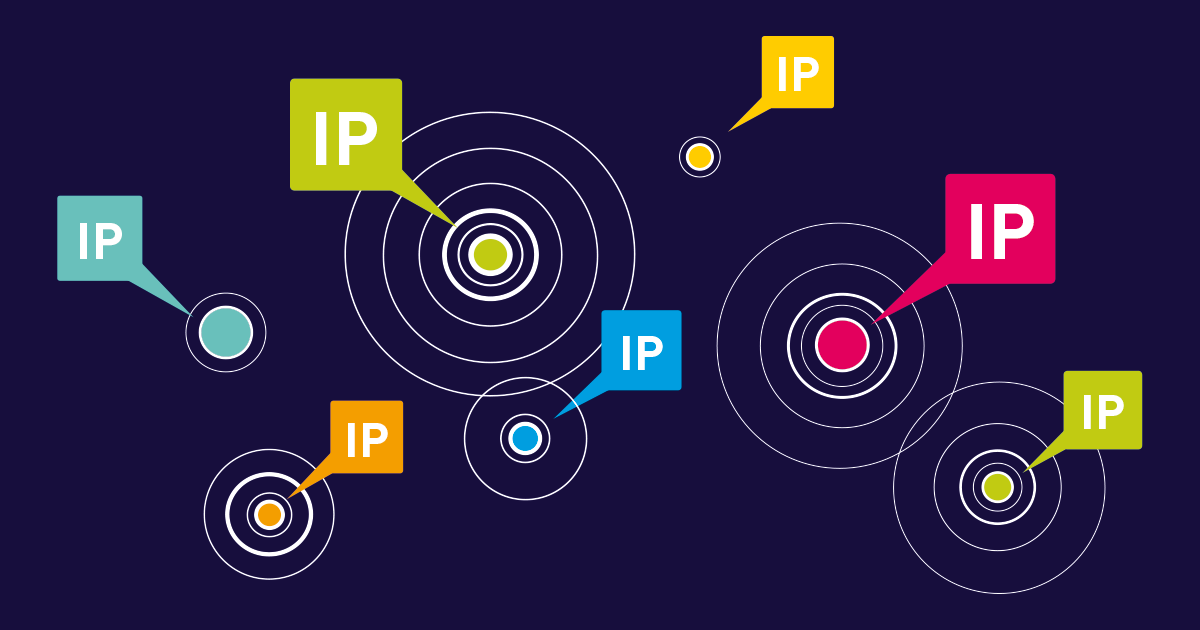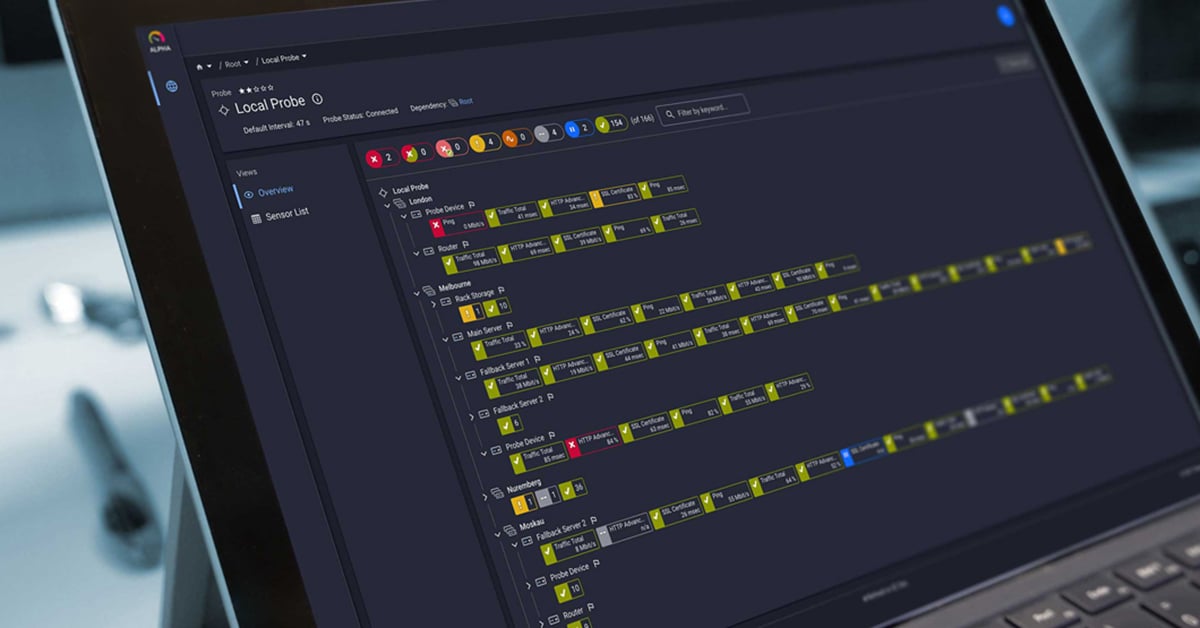Your digital transformation is only as good as the technology that supports it, which is why it's so important to maintain the system health and performance of your infrastructure. Do you have microservices or distributed systems to keep track of? Cloud-native apps, container workloads, Kubernetes environments, or multicloud systems? You need to see what's happening across your entire IT landscape, and the critical question is, how do you do that?
Monitoring or observability? Does it really matter which approach you take to keeping an eye on your systems and infrastructure? Yes and no. While monitoring and observability have a lot in common and are often used interchangeably, they are two distinct ways of looking at your IT operations. In this article, we'll look at the key differences between observability vs monitoring, when to use each, and which will work best for your IT operations.
What Is Monitoring?
Monitoring is the process of collecting and analyzing data from your systems and infrastructure to measure performance and make sure everything is working as it should. A monitoring solution is continuously gathering data from various data sources throughout your IT environment. It's what we traditionally think of when it comes to “keeping an eye on things,” and it focuses on gathering the data that you specify, often referred to as metrics:
📌 CPU usage and CPU utilization
📌 Bandwidth and network traffic
📌 Response time and latency
📌 Uptime and downtime tracking
You determine the metrics you want to track in a monitoring system, and when any cross the thresholds you've defined, like a 90% CPU utilization, your monitoring systems kick off alerts and notifications to let you know something's wrong. Most traditional monitoring tools are focused on providing dashboards that show you the system health of your systems in near real-time.
What Is Observability?
Observability is the ability to gain insight into the system's internal state by interpreting data about their outputs. It's more than just gathering data; observability is about using those data points to gain visibility into your system behavior, and it's become especially critical with the complex architectures and infrastructures of modern IT systems.
Observability platforms help you to explore your systems and environments in order to troubleshoot, understand root cause, and gain the actionable insights you need to perform deeper troubleshooting, even for issues you don't know to look for. Observability is built around the three pillars of observability:
▪️ Metrics: Numerical measurements of system performance over time
▪️ Logs: Detailed records of discrete events that occur within your applications
▪️ Traces: Distributed tracing that follows requests as they travel through your microservices architecture
Observability relies on metrics, logs, and traces (distributed tracing) data, which your observability tools collect automatically from all over your system. The telemetry data from those three sources is correlated and displayed in a way that's contextualized, which means you can visualize and understand the dependencies and interactions between services in complex multicloud systems and environments.
Ready to Experience Comprehensive Monitoring?
With PRTG Network Monitor, you can collect data from across your entire IT infrastructure, create customizable dashboards, and set up intelligent alerts that keep you informed in real-time.
👉 Download your free 30-day trial of PRTG now and see how easy comprehensive monitoring can be. No credit card required, full functionality included.
Observability vs Monitoring: The Key Differences
While monitoring and observability are sometimes used interchangeably, it's important to understand their core differences:
Scope and Purpose
Monitoring is a reactive process that is designed to track specific metrics and alert you if those metrics fall outside of a given range (threshold-based alerting). It's great for known issues and anticipated failure modes.
Observability is a much more proactive approach that relies on open-ended investigations. You can analyze and visualize data about your system's performance and identify bottlenecks. With observability, you're not limited to issues you've seen before. You can perform root cause analysis, even for totally unknown problems.
Data Collection Approach
Monitoring systems collect specific data points or metrics based on a schedule. For instance, you may be collecting bandwidth and CPU utilization data every five seconds. It's typically siloed data, which means that you might have one system for server monitoring, a different one for network monitoring, and a third tool for application performance monitoring (APM).
Observability tools aggregate and correlate telemetry data from a number of different sources. It's important to note that logs, traces, and metrics aren't identical but rather complementary to each other. Logs, traces, and metrics are all types of telemetry data. Observability platforms pull telemetry data in from across your infrastructure and applications in a much more holistic and comprehensive way.
Problem Detection and Resolution
Monitoring tools are great at detecting problems that you know to look for based on the data you're collecting. If something is wrong with your systems, a good monitoring system will alert you. But if a critical service experiences high latency or performance issues, for instance, you'll likely need to consult the logs and trace data from other tools to determine the cause and then use multiple tools to resolve the issue.
With modern observability solutions, all the telemetry data your observability platform needs is already being collected, correlated, and displayed in a way that helps you quickly get to the root of a problem. Observability helps you improve incident response times because you can quickly drill down from the user experience into your APIs and distributed traces, and identify which of your microservices is responsible for the high latency.
When to Use Monitoring vs Observability
Monitoring and observability aren't mutually exclusive, and most IT organizations use both for their different strengths. Common use cases for monitoring include:
🧩 You want efficient, cost-effective monitoring with clear threshold-based alerting and proven reliability
🧩You need to track specific metrics for compliance, SLA reporting, and capacity planning
🧩 You're managing hybrid infrastructures and need unified monitoring across system behavior
Observability makes more sense when:
🧩 You're working with cloud-native, microservices-based applications and workloads, including Kubernetes clusters
🧩 You need to troubleshoot complex, distributed systems with a lot of dependencies
🧩 You need to perform root cause analysis for problems you didn't know to look for
How PRTG Bridges Monitoring and Observability
PRTG Network Monitor is a comprehensive monitoring solution that includes all the features you need for both traditional monitoring and modern observability:
✅ Data Collection and Correlation: PRTG collects data from across your IT infrastructure (network, servers, applications, cloud services) in a unified platform. This makes it easy to keep an eye on all the important metrics at once.
✅ Real-Time Data: You get real-time data about your system's performance, including bandwidth, CPU and memory usage, with over 250 built-in sensor types. You can also monitor specialized metrics for databases and API performance.
✅ Customizable Dashboards: You can easily visualize dependencies and view correlated data using PRTG's customizable dashboards.
✅ Intelligent Alerting: In addition to threshold-based alerts, PRTG also allows you to set up alerts based on anomaly detection and other types of smart alerts. This keeps your IT teams notified about even minor issues before they become major outages or disruptions.
Choose the Approach That's Right for You
Monitoring and observability are both effective ways to keep an eye on systems and infrastructure, and each has its strengths and weaknesses. It can be challenging to know which to choose and when, especially since most IT operations now require a combination of both.
Monitoring is a must for any IT operation looking to collect specific data and metrics for tracking uptime and compliance. Observability is the best option for managing complex systems and debugging when performance or user experience isn't as smooth as it could be.
The good news is that PRTG has the features you need for both effective monitoring and observability. Whether you need scalability for growing infrastructures or fast issue resolution, PRTG has you covered.
Start Your Monitoring Journey with PRTG Today
You don't have to put up with a disconnected patchwork of different monitoring tools from different vendors. PRTG Network Monitor is an all-in-one monitoring solution that gives you a comprehensive, unified view of your entire IT infrastructure. PRTG provides visibility across all your network bandwidth, servers, cloud services, and applications in one easy-to-use platform.
Plus, it's always free to try, with no credit card required. Just take the 30-day trial and see for yourself what PRTG has to offer. If you like it, you can keep right on using PRTG for as long as you need. If not, just let us know and we'll happily send you on your way.
Either way, you have nothing to lose and a lot to gain!
👉 Try PRTG today and see the difference that practical, reliable, and affordable monitoring can make.
 Published by
Published by 